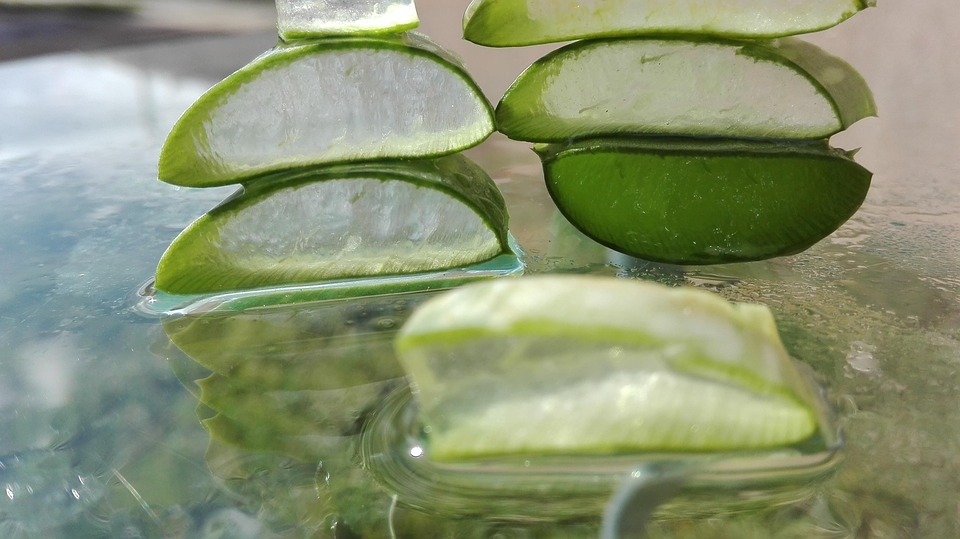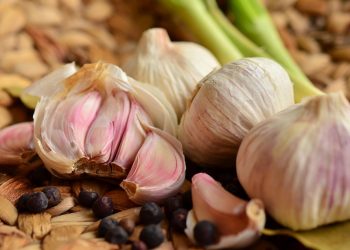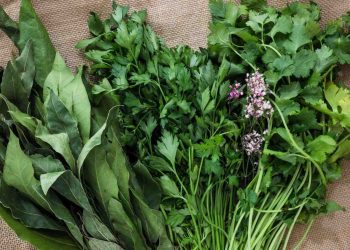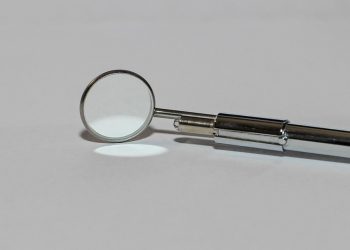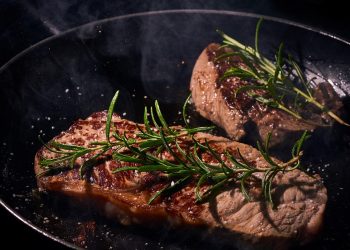Ever glanced at the ingredients list of your favorite skincare product and wondered just how many of those unpronounceable chemicals you really need? In many cases, the answer might surprise you: nature has its own set of powerful remedies. Aloe vera, a succulent with a long history in traditional medicine, stands out for its remarkable ability to soothe skin inflammation. Let’s explore five ways this incredible plant can help calm your skin naturally.
Contents
1. Reduces Redness and Swelling
Aloe vera’s most celebrated attribute is its anti-inflammatory properties. In a randomized controlled trial published in Phytotherapy Research, researchers found that topical application of aloe vera significantly reduced skin redness and swelling associated with radiation therapy in cancer patients (Choi et al., 2015). This soothing effect stems from compounds within aloe vera, such as glycoproteins and anthraquinones, which inhibit the production of inflammatory substances.
What This Means for You
If you struggle with conditions that cause redness, such as rosacea or sunburn, aloe vera can be a gentle ally. Applying aloe vera gel or juice directly to the affected area can provide immediate relief.
Limitations
While aloe vera can help reduce inflammation, it might not be a standalone solution for more severe conditions, such as eczema or psoriasis. Always consult a healthcare professional if you’re dealing with chronic skin issues.
2. Moisturizes Without Clogging Pores
One of the unique aspects of aloe vera is its lightweight texture. Unlike many oils and creams, aloe vera penetrates deeply into the skin without clogging pores. A study published in the Journal of Cosmetic Dermatology identified that aloe vera contains a wealth of vitamins and minerals that hydrate the skin, such as vitamins A, C, E, and several B vitamins (Dweck, 2015).
What This Means for You
If you have oily or acne-prone skin, aloe vera can hydrate without the heaviness that often leads to breakouts. It can be particularly beneficial when applied after cleansing as part of your daily skincare routine.
Limitations
While aloe vera offers great hydration, it might not be sufficient for those with very dry, flaky skin. In such cases, incorporating thicker moisturizers alongside aloe could be necessary.
3. Promotes Healing of Minor Wounds
Aloe vera has been used for centuries to promote wound healing. A study in the Journal of Ethnopharmacology concluded that aloe vera not only speeds up the healing process but also reduces the risk of infection by creating a protective barrier over the wound (Vince et al., 2020).
What This Means for You
If you accidentally cut or scrape your skin, applying aloe vera gel can expedite healing and minimize scarring. Its antibacterial properties help keep the area clean and reduce the chance of infection.
Limitations
This natural remedy is best for minor wounds. For deeper cuts or infections, professional medical treatment should be sought promptly.
4. Reduces Itchiness and Irritation
The gel inside the aloe vera leaf is not just soothing; it’s also cool and refreshing on the skin. A study published in BMC Complementary Medicine and Therapies highlighted aloe vera’s efficacy in alleviating itching and irritation from conditions like psoriasis and dermatitis (Surjushe et al., 2008).
What This Means for You
If your skin feels dry and itchy, an aloe vera application can provide fast relief. Many people find it particularly soothing after sun exposure or insect bites, thanks to its cooling effect.
Limitations
For persistent itching due to underlying conditions, it’s important to look beyond topical solutions. Consulting a dermatologist can lead to more comprehensive treatment options.
5. Fights Acne and Reduces Scarring
Aloe vera’s anti-inflammatory and antibacterial properties make it a popular choice for those dealing with acne. A study in the Journal of Clinical and Aesthetic Dermatology stated that aloe vera gel can help manage acne by reducing redness and inflammation, and it may even prevent future breakouts (Kumar et al., 2018).
What This Means for You
Incorporating aloe vera into your skincare routine can help maintain a clearer complexion. Whether it’s using it as a spot treatment or mixing it with other ingredients, many find success in its regular use.
Limitations
While aloe vera can effectively aid in reducing acne, it may not work for everyone. It’s important to explore additional treatments if severe acne persists, especially if over-the-counter options aren’t effective.
FAQs
1. Can I use aloe vera directly from the plant?
Absolutely! The gel from the inner leaf of the aloe vera plant is often the most potent form. Just slice the leaf open and apply the gel directly to your skin.
2. Are there any side effects of using aloe vera?
Generally, aloe vera is safe for topical use, but some individuals may experience allergic reactions. It’s wise to do a patch test first, especially if you have sensitive skin.
3. How often should I use aloe vera for best results?
Many people find daily application beneficial, but it can vary based on individual skin needs. Start with once a day and adjust based on how your skin responds.
4. Can aloe vera help with dark spots and hyperpigmentation?
There’s some evidence suggesting aloe vera can assist in reducing hyperpigmentation, but results can vary. Combining it with other skin-brightening ingredients may yield better results.
Conclusion
Aloe vera stands out as a natural solution for various skin conditions, from inflammation and redness to hydration and healing. As you incorporate it into your skincare routine, remember that listening to your skin’s needs is key to finding what works best for you. Whether you’re tackling acne or seeking relief from irritation, this ancient remedy can offer modern solutions, reminding us of the healing power of nature.
References
- Choi, J. W., Choi, H. J., & Kim, H. A. (2015). Effects of topical aloe vera on skin irritation caused by radiotherapy: a randomized controlled trial. Phytotherapy Research, 29(6), 857-861.
- Dweck, A. C. (2015). Aloe vera: A short review. Journal of Cosmetic Dermatology, 14(4), 330-335.
- Vince, R., La Placa, A., Courtois, L., & Bordes, A. (2020). Evaluation of aloe vera in the treatment of wounds. Journal of Ethnopharmacology, 261, 113137.
- Surjushe, A., Vasani, R., & Saple, D. G. (2008). Aloe vera: A short review. BMC Complementary Medicine and Therapies, 8, 1.
- Kumar, H., Singla, A. K., & Singh, S. (2018). The role of aloe vera in dermatology: A systematic review. Journal of Clinical and Aesthetic Dermatology, 11(4), 15-22.
Get Your FREE Natural Health Guide!
Subscribe now and receive our exclusive ebook packed with natural health tips, practical wellness advice, and easy lifestyle changes — delivered straight to your inbox.

